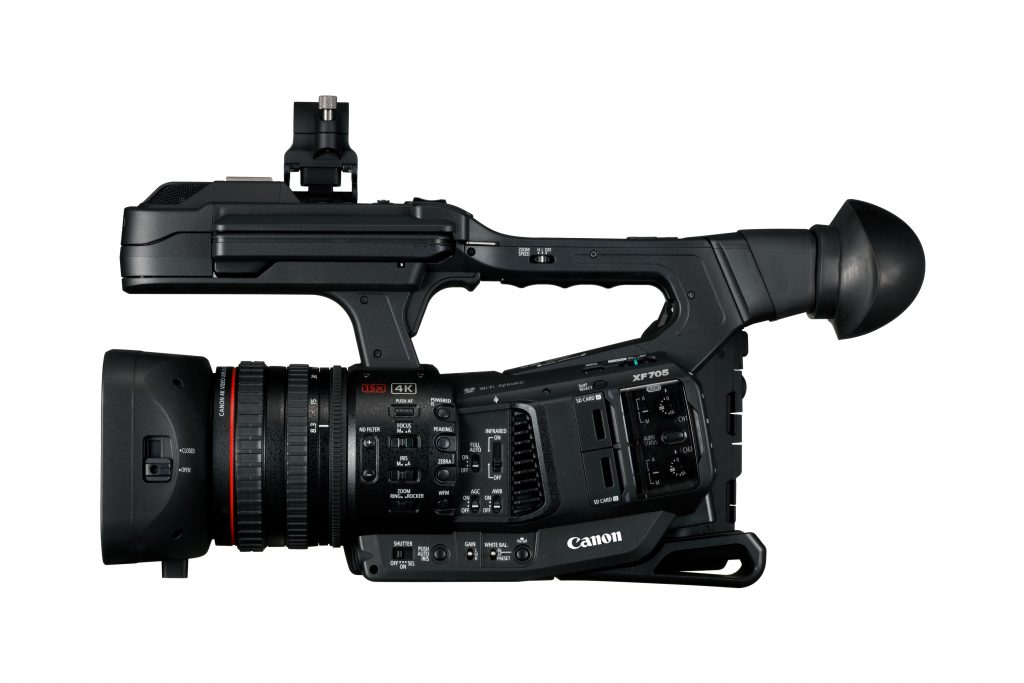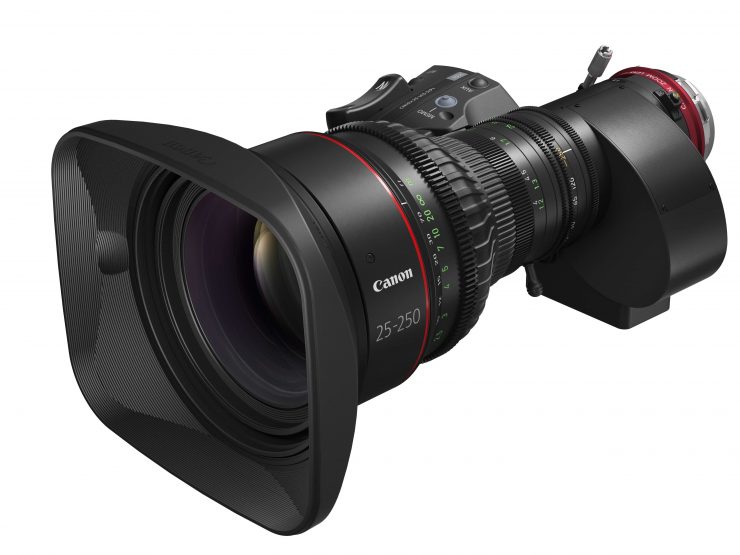

- #Pluraleyes 4.1 canon c300 mk ii support upgrade
- #Pluraleyes 4.1 canon c300 mk ii support full
- #Pluraleyes 4.1 canon c300 mk ii support iso
Audio controls have been re-sited to the back of the camera. We can’t have everything of course so they are in a slightly odd angled configuration at the back of the camera, but it’s a welcome change and one that suggests Canon has listened to criticisms of the earlier Cinema EOS models. The monitor is connected via the same cable as is used on the C300 Mk II, and – frabjous day – only one cable is needed as XLR audio inputs have been moved to the camera body. On-body audio controls Yes, those are XLRs on the camera body. This increase in the maximum amount of ND you can use will be beneficial for those shooters wanting to shoot at a very shallow depth of field even in bright, sunny conditions. These are the same that are found in the C300 Mark II and are increased over the Clear, 2, 4, and 6 stop filters available on the C300 Mark I. In extended mode, 8 and 10 stops are also available. In normal mode 2, 4 and 6 stops are available. This combination of ND filters allows 5 steps of neutral density.

The C200 uses an internal, motorized ND assembly consisting of two rotating disks with glass ND filters between the rear of the lens and the front of the sensor. Up to 10 stops of ND The ND filters in the C200 AF subject tracking characteristics can also be varied and set to any of 7 steps, allowing the user to select the appropriate responsiveness when changes have occurred in the subject. The AF Speed Tuning function allows users to set the lens drive speed to any of 10 steps. AF tuning menusĪ newly developed menu function has been added for Auto-Focus tuning, allowing easy access to camera and lens settings. It also seemed nice and sharp, though I wasn’t able to take it outside to see how viewable it was in sunshine. It seemed responsive and accurate in the very short time I had to try it out. The nice part about the new screen is that it enables one-finger “tap-focusing” during shooting. The clamshell from the C300 Mk II is gone, the monitor is new, and is now a fully adjustable and detachable, 1.23 million dot, 4-inch touch screen LCD Monitor that works with Canon’s Dual Pixel AF. The touchscreen felt responsive and looked impressively sharp. Not a feeling I’ve ever had using the stock C300 MkI handle. The C200 I picked up was only secured via the quick release and it felt rock solid. The handle is much improved over both previous models, and features a double locking mechanism: one quick release and an extra bolt you can tighten with an allen key. There are a few changes though, and mostly for the better. In the hand the C200 feels substantial and is closer in size and weight to the C300 MkII than the C100 MkII. C200 hands-on impressions The handle really is much improved. According to Canon the sensor also reduces data-readout time, which should result in a reduction in rolling-shutter artifacts.
#Pluraleyes 4.1 canon c300 mk ii support iso
The Canon C200 sensorĮach pixel in this CMOS imaging sensor also maintains a wide pixel pitch to maximise the amount of light that falls on to each photo site, which Canon claims should enhance the EOS C200’s sensitivity while also minimizing noise and supporting ISO speeds of up to 102,400.
#Pluraleyes 4.1 canon c300 mk ii support full
The camera uses the image data delivered by this 4K CMOS sensor to also enable over sampling HD Processing for 2K (DCI) and Full HD 1080/60p recording. On paper this is the size of the sensor that is found in the C300 Mark II, and is slightly smaller than the 11.54MP 4622 x 2496 (total pixels per sensor) found in the C700. At this stage I will have to take their word on it, but the specifications sheet Canon sent out states that the camera uses a 9.84MP 4206×2340 (total pixels per sensor) Super 35-sized sensor and the Dual DIGIC DV6 image processor.

It seemed so unlikely I thought I’d made a mistake in my notes but I’ve since double checked and Canon have confirmed. Yes, Canon are apparently putting the sensor from their flagship, very expensive Super 35 camera into a more budget-friendly model. Canon told us at the C200 uses the same sensor from the C700 and includes C-Log and C-Log 3 profiles to ensure it’s as easy as possible to match footage from other C-series cameras. The EOS C200 integrates an 8.85 Megapixel Super 35mm 16:9 CMOS sensor that supports 4K (DCI) recording with a maximum resolution of 4096 x 2160 pixels. Welcome to the family – L to R: the C300 Mk II, C200 and C100 Mk II
#Pluraleyes 4.1 canon c300 mk ii support upgrade
At a briefing last week Canon were adamant that it’s not a replacement for the C100 MkII, rather an upgrade path for C100 users who want more from their camera and a potential B or C cam for C300 MkII and C700 users. The Canon C200 is a new addition to the company’s Cinema EOS range of cameras.


 0 kommentar(er)
0 kommentar(er)
